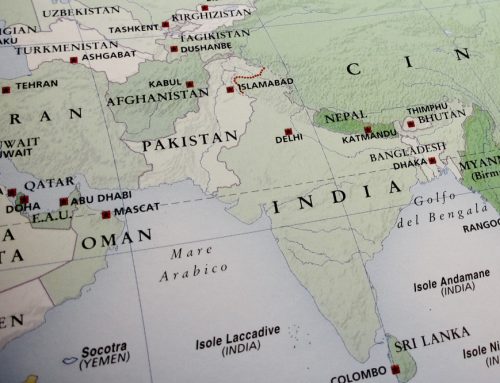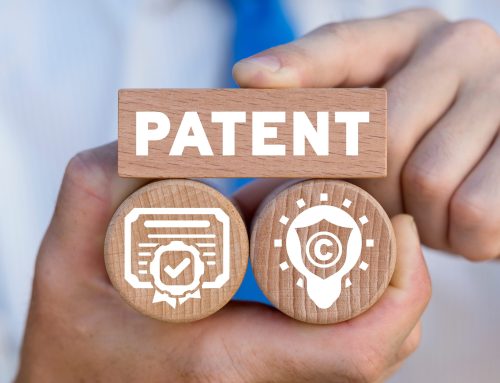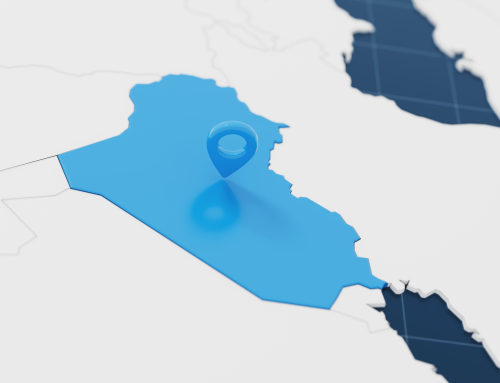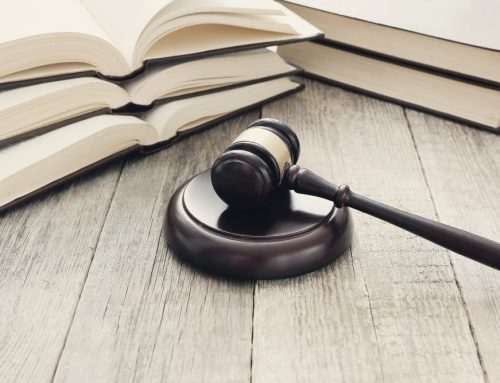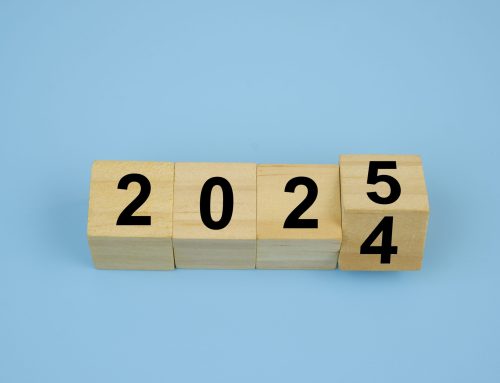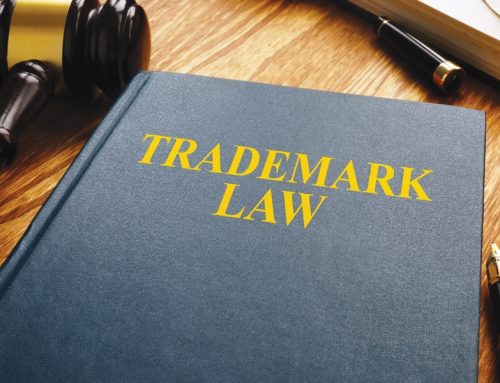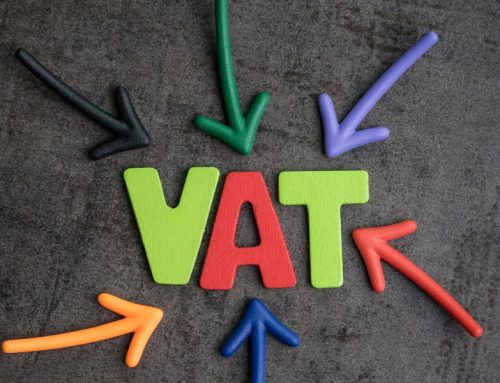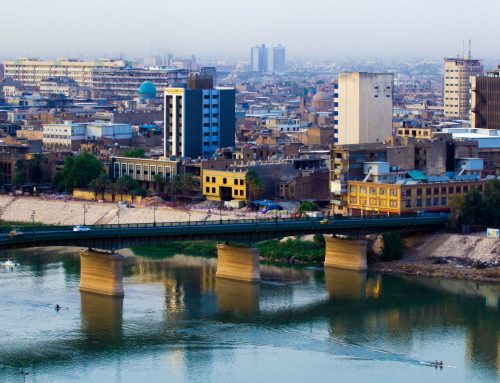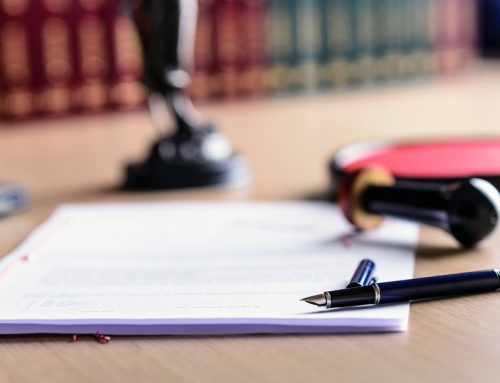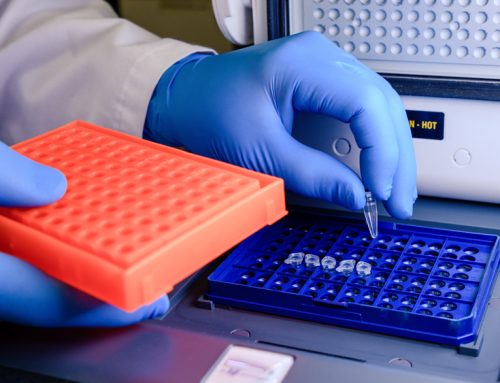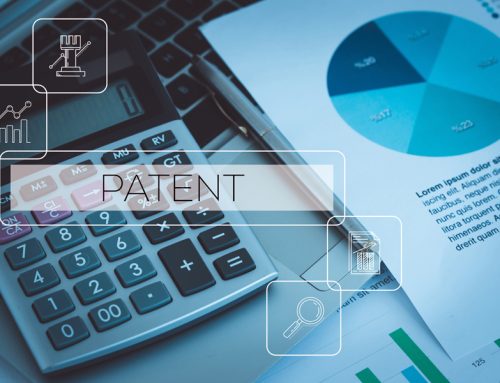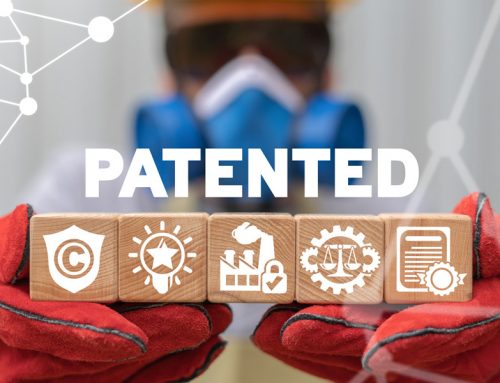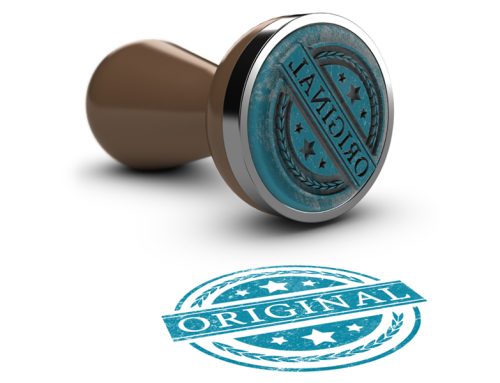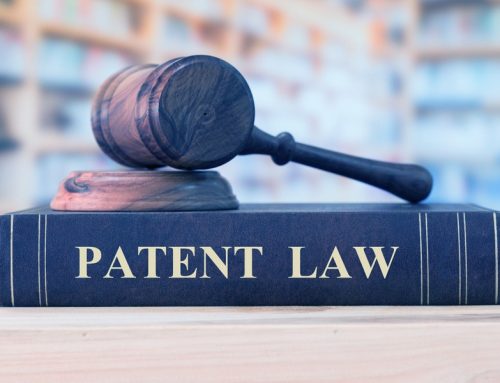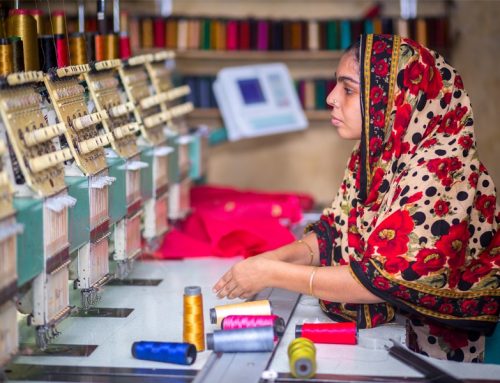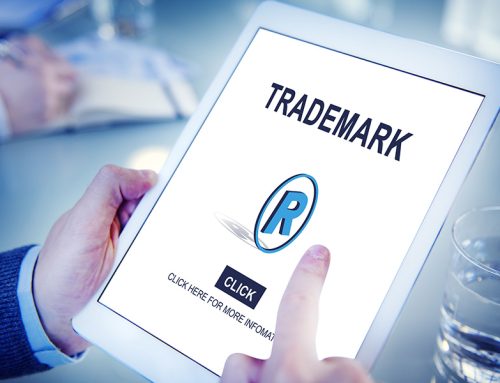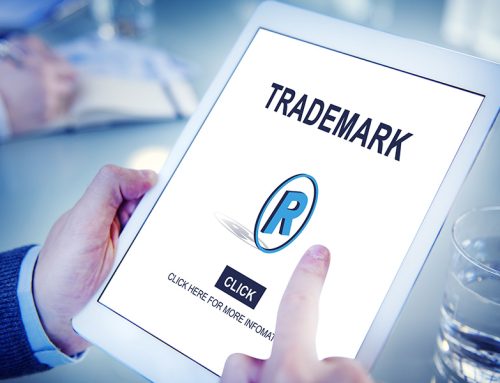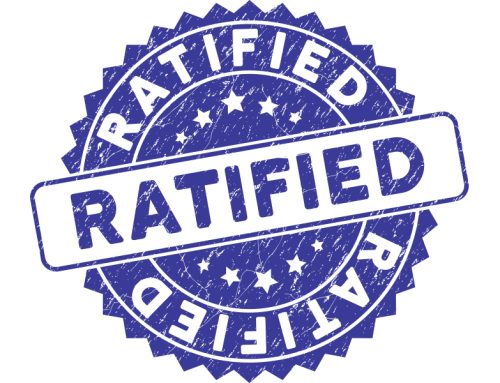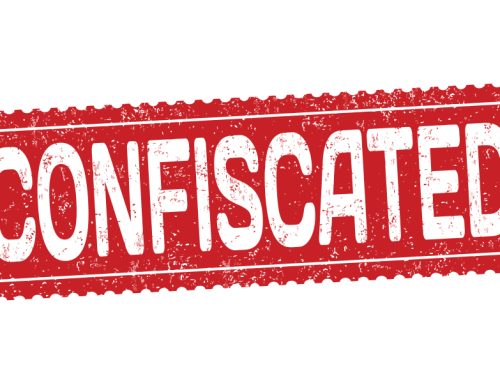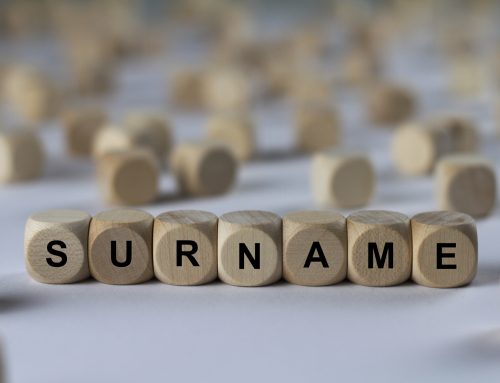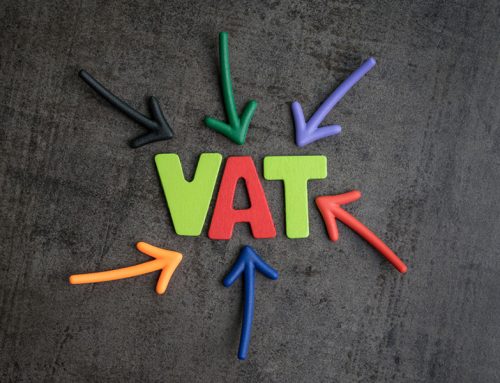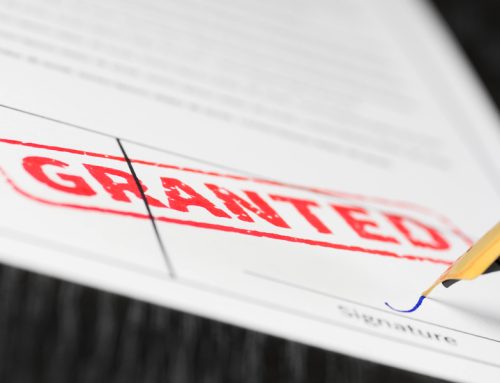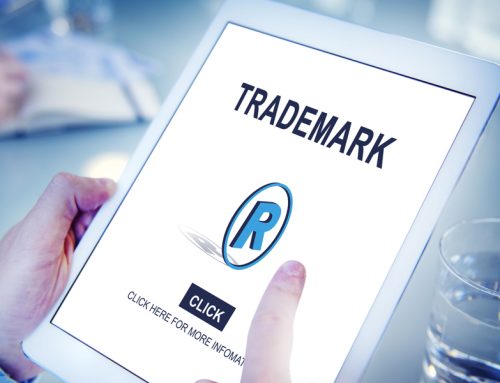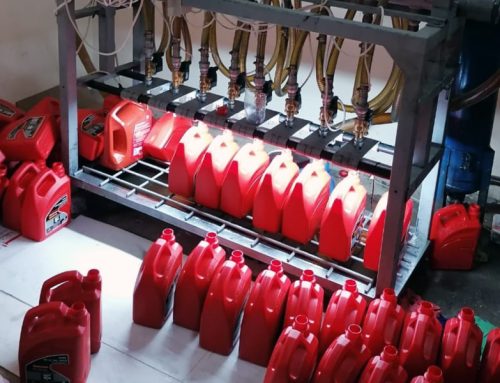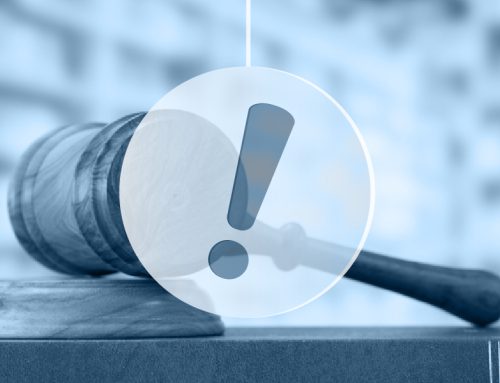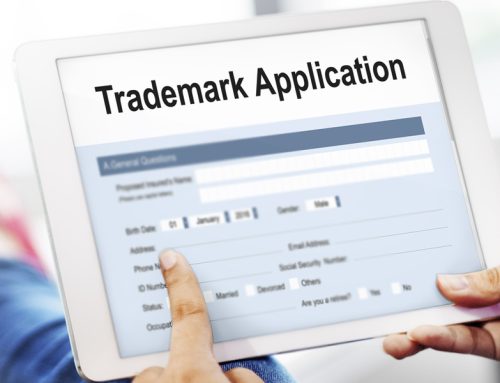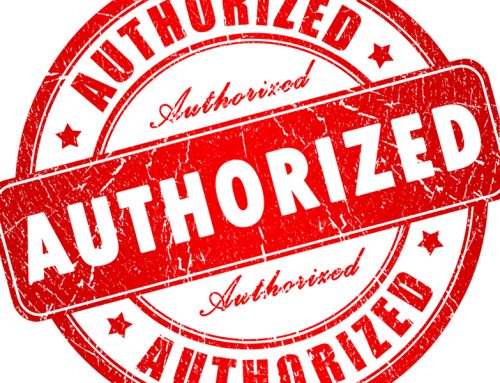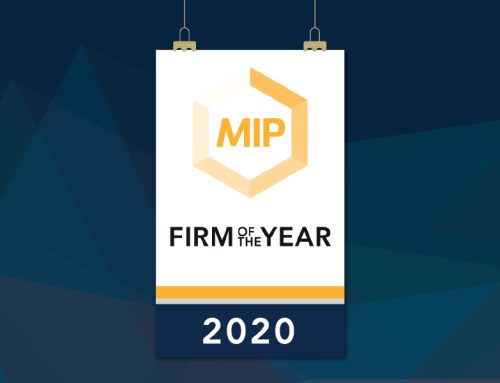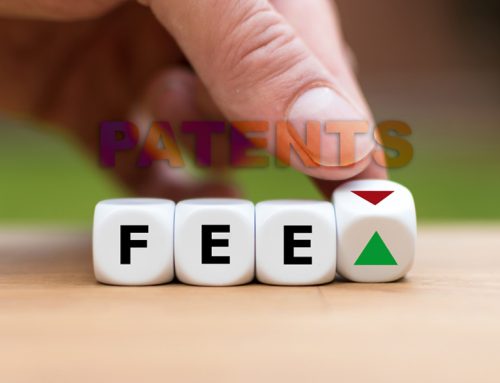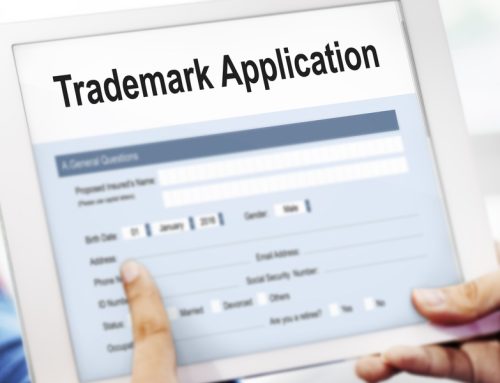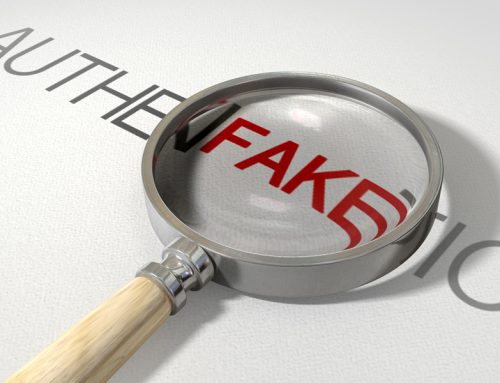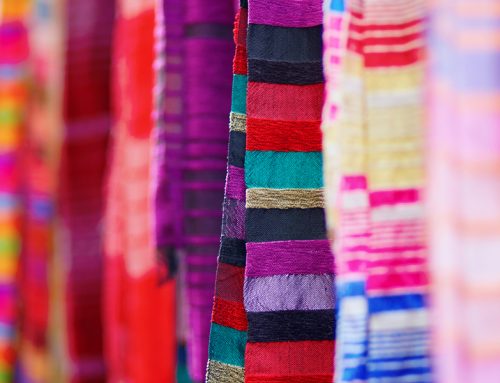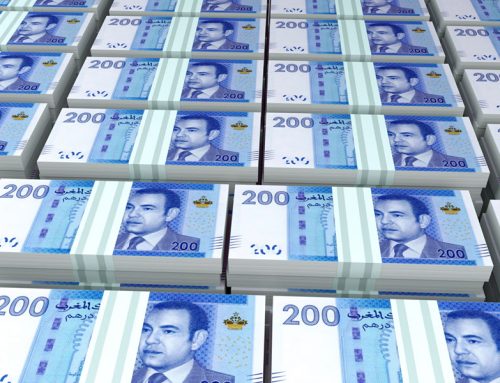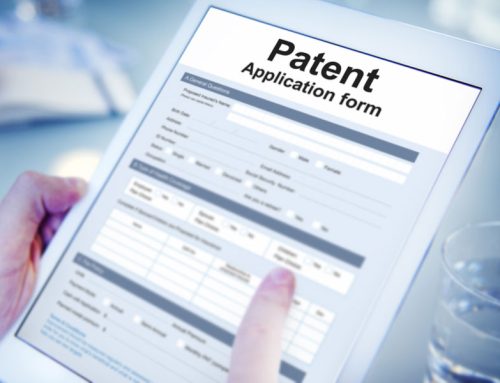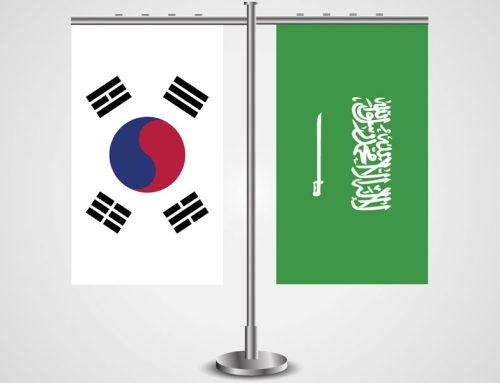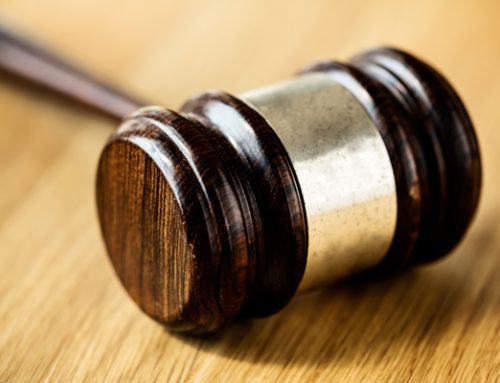Saudi Arabia, the world’s leading producer of oil, has been vigorously promoting innovation and the advancement of the protection and enforcement of patents. The most recent development on this front was the publication of new Implementing Regulations of the Patent Law to include provisions concerning the national stage entry of PCT patent applications. These regulations entered into force starting December 19, 2015 and are retroactive to all PCT entries.
The below cheat sheet sums up the most important and relevant questions on patenting in Saudi Arabia.
- When should I receive my patent filing particulars?
The Saudi Patent Office (SAPO) was the first office to launch electronic patent filings in the region. Applications received at the SAPO are numbered in sequential order and the filing particulars are available immediately.
- Who may apply for a patent?
According to the law, only the inventor (or the assignee) may apply for a patent. If two or more persons make an invention jointly, they apply for a patent as joint inventors and are equally entitled to the patent rights, unless they have agreed otherwise. If the applicant is not a Saudi national, then the patent application must be filed by a locally registered agent.
- What are the novelty conditions for obtaining a patent?
Saudi Arabic applies absolute novelty with regards to patents. In order for an invention to be patentable it must be new as defined in patent law no. 159, Article no. 44. In other words, if the invention has been described in a printed publication or has been in public use or on sale in Saudi Arabia or any other country before the date on which an application for the patent is filed, a patent cannot be obtained. The disclosure of the invention to the public shall not count if (1) it takes place during the priority period, (2) it occurs without the knowledge or the consent of the applicant during the last six months preceding the application’s filing date or the date of the priority, and (3) it occurs as a result of displaying the invention in an officially recognized international exhibition in one of the countries of the Paris Union during the year preceding the filing date of the application.
- How are patent applications examined?
A patent application will first be examined to ensure that it satisfies the formal conditions provided for in Articles 8 and 10 of Law no. 159 and Part Two of its implementing regulations. The application is then published and a substantive examination will then follow upon notification from the SAPO and payment of the related fees. The substantive examination of the application is conducted on the Arabic specifications at the SAPO by technical experts. It consists of a study of the application in compliance with the legal requirements to determine if the invention is novel, inventive and industrially applicable, following a search through publications, foreign letters patent, and available literature to see if the claimed invention meets these criteria. If the examiner’s decision on patentability is favorable, a patent is granted.
- Is publication of a patent required?
Upon establishing that the patent application has satisfied all the prescribed conditions, the SAPO will request from applicant the payment of grant and publication fees within a period of three months from notification date. Upon payment, the SAPO issues the letters patent and approves re-publication in the Official Gazette.
- Can a patent application be amended?
The applicant may amend the application, as indicated in the revised implementing regulations, or when required by the examiner. The description, claims, and drawings must be amended and revised when required, to correct inaccuracies of description and definition or unnecessary words, and to provide substantial correspondence between the claims, the description, and the drawing. All amendments must not include new matter beyond the scope of the original disclosure.
- When are office actions issued?
If the application does not meet with the formality requirements, an office action is issued requesting that the necessary defects be corrected. If the claimed invention is not directed to patentable subject matter, the claims will be rejected. If the examiner finds that the claimed invention is not industrially applicable and/or lacks novelty or differs only in an obvious manner from what is found in the prior art, the claims may also be rejected. Upon notification, applicants will have three months to correct or respond to an office action, calculated from the date of issuance of the notification.
- How are office actions processed?
The applicant is notified in writing of the examiner’s decision (in Arabic). The reasons for any adverse action or any objection or requirement are usually stated in the office action. The applicant must reply to every ground of objection in writing (in Arabic). On the second consideration by the examiner, the decision is made final. In case of final rejection, the applicant’s reply is then limited to appeal before the Committee.
- How long does it take for a patent application to be processed and for the letters patent to be issued?
Currently, the average patent application is processed in 4 to 5 years.
- How long does patent protection last?
Patents are granted for a term of 20 years from the date of filing, subject to the payment of appropriate maintenance fees. For PCT national entries, the 20 year term is calculated form the international filing date.
- What information does the LettersPatent show?
The Letters Patent usually contains the following: (1) inventor’s name, (2) name of owner, (3) address of owner, (4) agent’s name, (5) filing number, (6) filing date, (7) patent number, (8) date of grant, (9) priority information (application number, priority date, country), (10) publication particulars (Gazette date and number), (11) international classification of the invention, (12) references, (13) invention’s name, (14) summary, and (15) examiner’s name.
- How are annuity fees paid?
The international filing date will be the filing date of a PCT national entry and the base year for calculating annuities. Annuity fees for applications will still be due between January 1 and March 31 of each year, starting with the first payment that will include any back payments the year following the entry date. The usual grace period with a late fee will still apply through June 30 of the same year. As an example, if a PCT application was filed in 2014 and entered in Saudi Arabia in 2015, then the 1st and 2nd annuities will become due in 2016.
- Is the recordal of assignments and licenses possible?
A patent is personal property and may be assigned to others or licensed. The assignee / licensee, when the patent is assigned to him or her, becomes the owner of the patent and has the same rights that the original patentee had. The assignment or license recordal document should be legalized up to the Saudi Consulate.
- When does infringement of a patent occur?
Infringement of a patent consists of the unauthorized making, using, offering for sale, or selling any patented invention within Saudi Arabia, or importing into Saudi Arabia of any patented invention during the term of the patent. If a patent is infringed upon, the patentee may sue before the Committee. The patentee may ask for an injunction to prevent the continuation of the infringement and may also ask for compensation of damages because resulting from infringement.
Should you have any questions, or require any additional information, please contact us at news@sabaip.com

